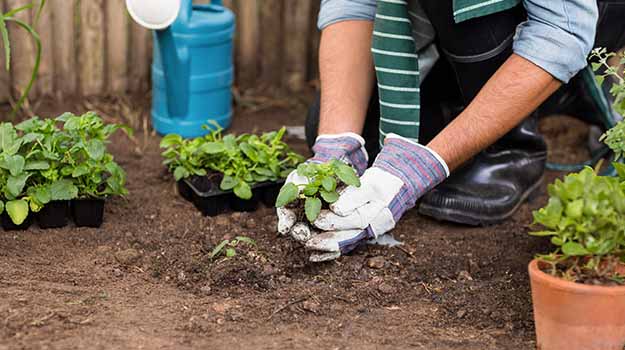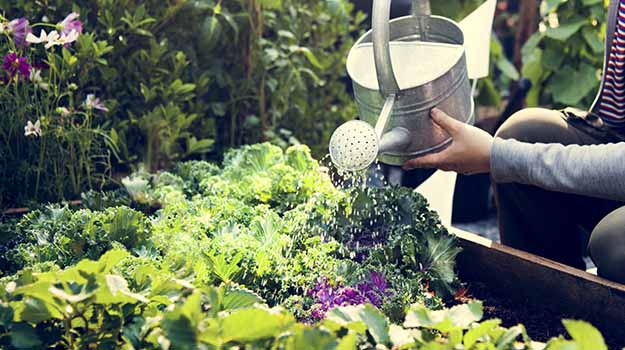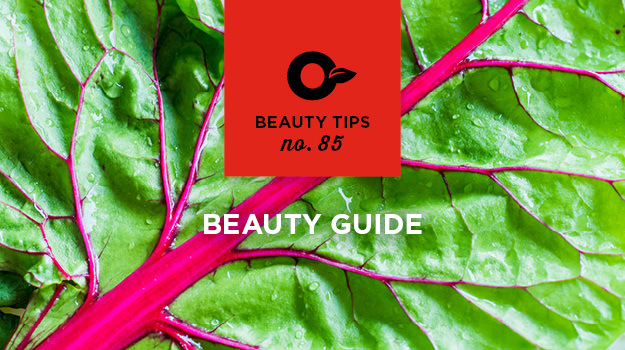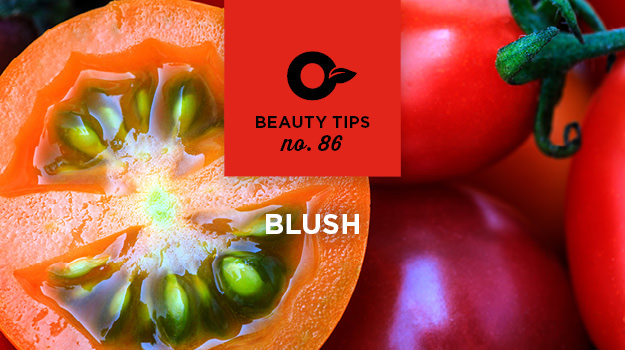
The soil is still warming and it’s time to get things in the ground. Wear a hat when you head outdoors and don’t forget the sunscreen.
It can be difficult to know exactly where to start when everything demands your attention, but here are a few reminders:
- Transplant tender annuals like marigolds, petunias and zinnias when nights are consistently above 55 F. (13 C.).
- Plant tender bulbs like lilies, dahlias and glads if the soil is warm and dry. For a long stretch of blooms, plant a few bulbs every few weeks until June.
- Get cucumbers in the ground when the soil is at least 70 F. (21 C.).
- Keep row covers and hot caps handy in case of an unexpected cold snap.

- Plant starts of cool weather vegetables like broccoli, cabbage, leeks, cauliflower and Brussels sprouts.
- Plant new fruit trees.
- Feed mature fruit trees, using a good quality orchard fertilizer.
- Edge along pathways and flower beds.
- Plant new shrubs.
- Deadhead primroses and pansies. If they’ve finished blooming for the season, replace them with warm weather plants.
- Stake tall perennials while they are still relatively small.
- Watch for slugs. If necessary, apply slug bait (non-toxic varieties are available), or use a homemade slug trap such as a little beer in a lid.
- It may be time for a second planting of radishes, lettuces, beets or carrots.
- Plant beans in mid-May. For a staggered crop, plant a short row every two weeks.
- Prune flowering shrubs like lilac, forsythia, viburnum and quince as soon as they finish blooming

- Fertilize pachysandra, ivy and vinca minor. Thin plants in thick areas and move small transplants to fill in thin spots.
- Train climbing roses on a trellis, fence or pergola.
- Trim boxwood shrubs. Save the cuttings to propagate new plants.
- Feed tulips, daffodils, hyacinth and other bulbs to help them form flowers for next year.
- Aerate warm season lawns like zoysia or Bermuda grass.
- Repot rootbound houseplants.






